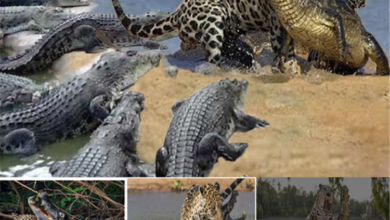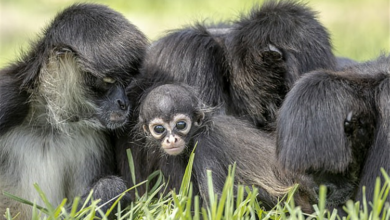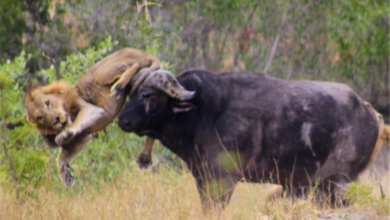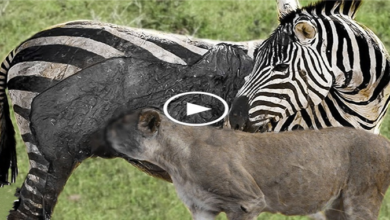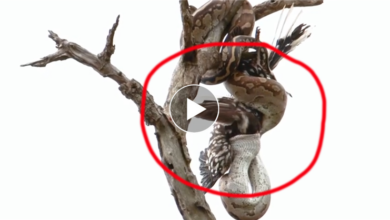
When you’re a hungry lion, most animals probably seem like a good bet at snack time.
But this lion certainly bit off more than it could chew when it pounced on a pangolin.
British wildlife guide Mark Sheridan-Johnson captured on film this inquisitive big cat which spent a long time trying to devour the odd looking creature in the Selous Game Reserve in Tanzania.
The rare, armour plated pangolin had the perfect defence tactic:roll up into a ball and stay there – whatever happens.
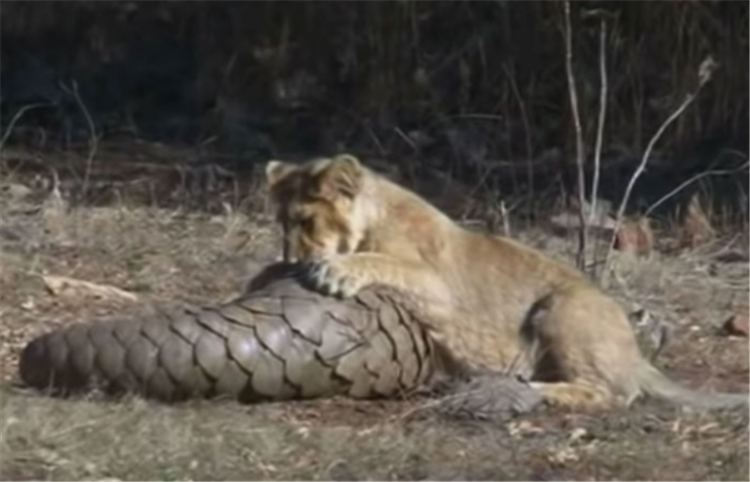
The images show how the hapless lion appeared confused by its spherical prey, as it batted the creature about with its paws and even tried to carry it around in its mouth.
Mr Sheridan-Johnson, 31, from Newcastle, was showing a group of tourists around the game reserve when he spotted the little pangolin battling for its life.
‘The pangolin is an extremely difficult animal to see and is considered by many guides in Africa to be the holy grail of sightings,’ he said.
‘You can spend your whole life driving round the bush and never see one.
‘So when we came across one being attacked by a lion, we could not believe our eyes.
‘The pangolin was obviously having a really bad day.’
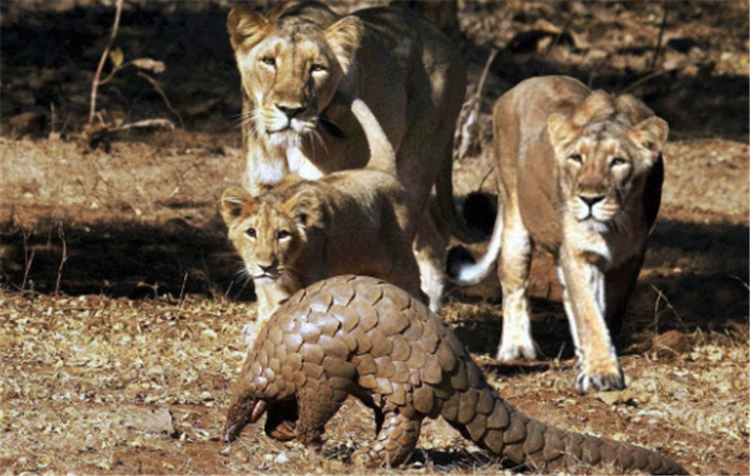
The images show how the hapless lion appeared confused by its spherical prey, as it batted the creature about with its paws and even tried to carry it around in its mouth.
Mr Sheridan-Johnson, 31, from Newcastle, was showing a group of tourists around the game reserve when he spotted the little pangolin battling for its life.
‘The pangolin is an extremely difficult animal to see and is considered by many guides in Africa to be the holy grail of sightings,’ he said.
‘You can spend your whole life driving round the bush and never see one.
‘So when we came across one being attacked by a lion, we could not believe our eyes.
‘The pangolin was obviously having a really bad day.’
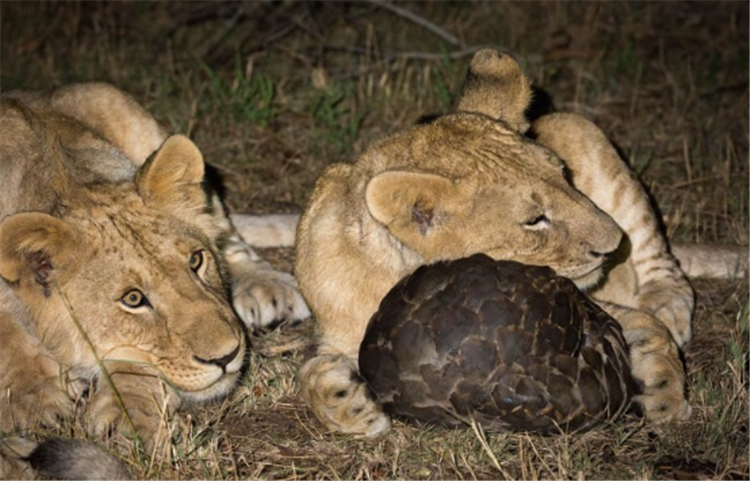
When caught by large predators such as lions they work their muscles into a cutting action to lacerate the mouths of their adversaries.
The injuries caused can be serious for the animal attempting to eat the pangolin.
Pangolins survive by using their sensitive tongues, which can grow up to 16 inches long, to probe ant nests and termite mounds to eat the insects inside.
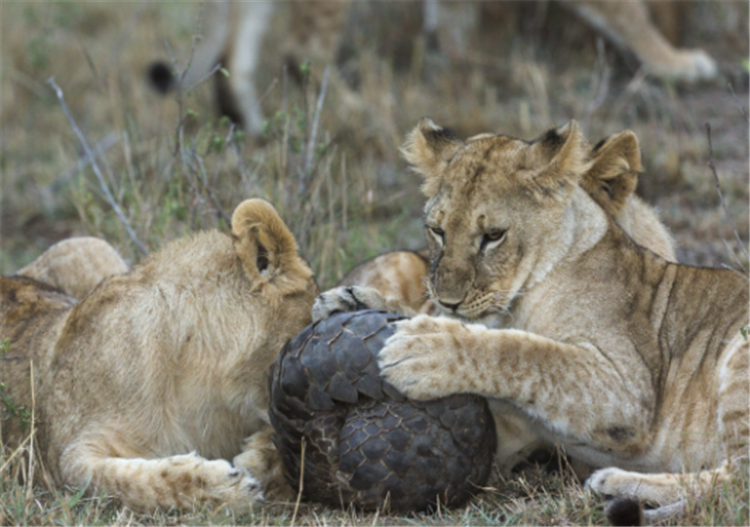
‘In the end the lion gave up and wandered off in search of something else and the pangolin escaped,’ said Mark.
‘He stayed in his ball for a long time until it got dark, just to make sure he was safe.’
The Selous Game Reserve is Africa’s largest protected wildlife reserve and it covers five percent of Tanzania’s total land mass.
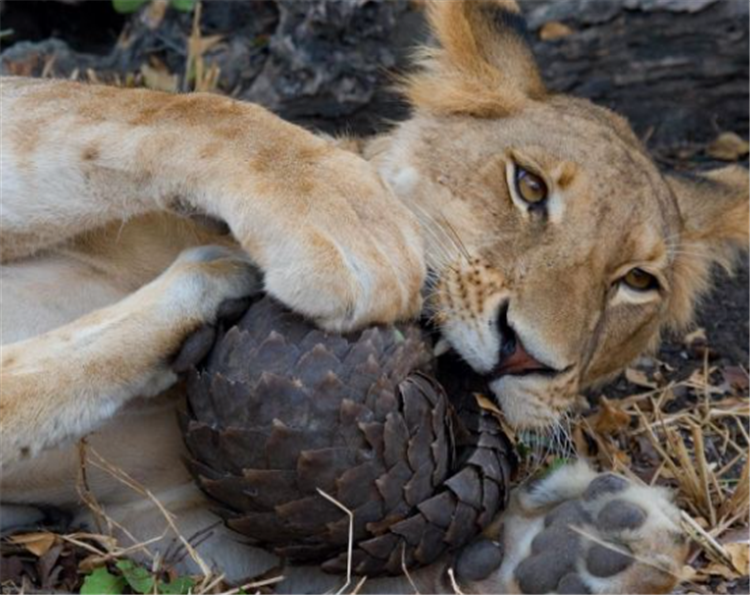
It is located in the remote south east of the country and is made up of gushing rivers, rolling hills and sprawling plains.
The reserve is named in honour of British explorer Frederick Courtney Selous, who wrote a book about his travels in the region and was killed there during the First World War.

